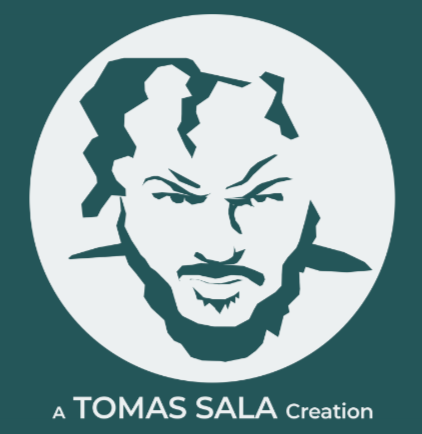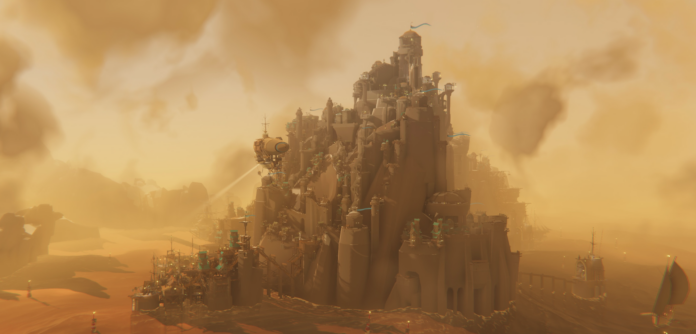Author: Tomas Sala
Top image: Bulwark: Falconeer Chronicles, made by Tomas Sala
As an artist and game developer, I have witnessed the gaming and entertainment industry evolving rapidly over the years. One thing that has become clear is that the key to survival as an indie artist is to focus on creating valuable intellectual property that is hard to reproduce.
To achieve this, I believe in developing stories and worlds that evolve over time, building a strong artistic signature that is unique to me, telling personal and emotional stories that resonate with my audience, and branding myself in a way that makes me easily recognizable and distinguishable from AI-generated content. Make sure you’re in a place others cannot copy.
Hard to Copy
The value of IP cannot be overstated. Whether it is a book series or a movie franchise, the most successful creators are those who build worlds that engender loyalty and inspire investment from their audience. Why do fantasy authors write series consisting of many books? Because you stick with it! Even if book 3 sucks you still keep buying because you are invested. This strategy works at any scale, and it is critical for indie devs to develop their own IP that is hard to copy.
Creating a unique artistic signature is also crucial. Mostly you need to be in a position where an audience can immediately identify your standout visuals. They know you are the original and the AI is the copy. A signature, recognizable, possibly laborious but uniquely tied to you. Are you great at that Ghibli style? So is everyone with Midjourney. So dig deeper, challenge yourself and come up with your own visual signature.
Personal and Emotional
Personal stories are another critical component of my survival strategy. Tell powerful stories that are personal and emotional. Stories that resonate because a living person wrote them and they breathe the author. That doesn’t necessarily mean that the stories should be about you. You should be able to feel humanity. Stories where you can go out and say boldly; this narrative is powerful because a human wrote it, and that human is me.
Finally, branding myself is critical to my success as an indie artist. By sticking my name and face on my own original games, I create a stamp of approval that attracts. Because people know people and fan loyalty is nearly immune to AI reproduction. So we are all going to have to be influencers and content creators. Artists have known this forever by the way. It’s why they put their signatures on paintings. It adds value.

Toxic levels
Of course, this approach does have its downsides. Some may view it as elevating individual creators to potentially toxic levels of influence. There is also the risk of becoming too focused on branding and losing sight of the creative process. I certainly don’t want that. I’d rather make games in my shed quietly. In this increasingly AI-dominated world, it’s standing out from the crowd that’s getting harder. But it might just be the thing that helps you survive. I’ve been following the above strategy for a while now, and I feel it holds water.
BAFTA-nominated Tomas Sala is solo game developer of The Falconeer and Bulwark Evolution: Falconeer Chronicles. Follow him here and here.
